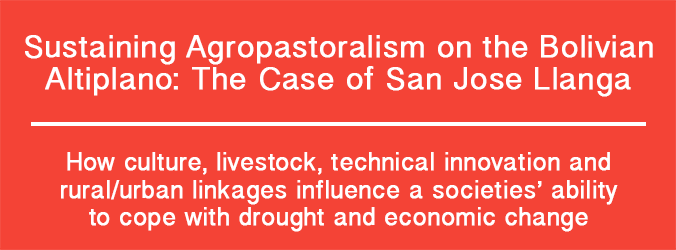
Files
Download Full Text (22.3 MB)
Description
Development and change in traditional societies is strongly affected by interactions between humans and their natural environments. Management practices used by most low-input, rural societies represent an amalgamation of technologies, social rules and organisational structures that have been tested over time and found suitable for sustainable exploitation of resources. In many cases, however, changes in population, social values, market opportunities, government policies or technology alter a delicate balance between humans and sustainable resource use. Given these critical relationships, a thorough knowledge of the biophysical environment is essential to comprehend and attempt to improve low-input production systems such as SJL.
Our overall purpose in this chapter is to characterise the environment and natural resources of the Cantón of SJL. This is accomplished in two steps. First the climate, surficial geology, hydrology, soils and vegetation are described. Descriptions include brief accounts of land use (i.e., cultivation, grazing, fuel wood collection, etc.) for broadly defined geomorphic units. Second, an analysis is presented concerning selected aspects of ecosystem dynamics at various spatial and temporal scales.
Publication Date
2001
Recommended Citation
de Queiroz, João S.; Coppock, David Layne; Alzérreca-Angelo, Humberto; and Norton, Brien E., "Chapter 03: Ecology and Natural Resources of San Jose Llanga" (2001). Sustaining Agropastoralism on the Bolivian Altiplano: The Case of San José Llanga. 8.
https://digitalcommons.usu.edu/sustaining_agropastoralism/8


